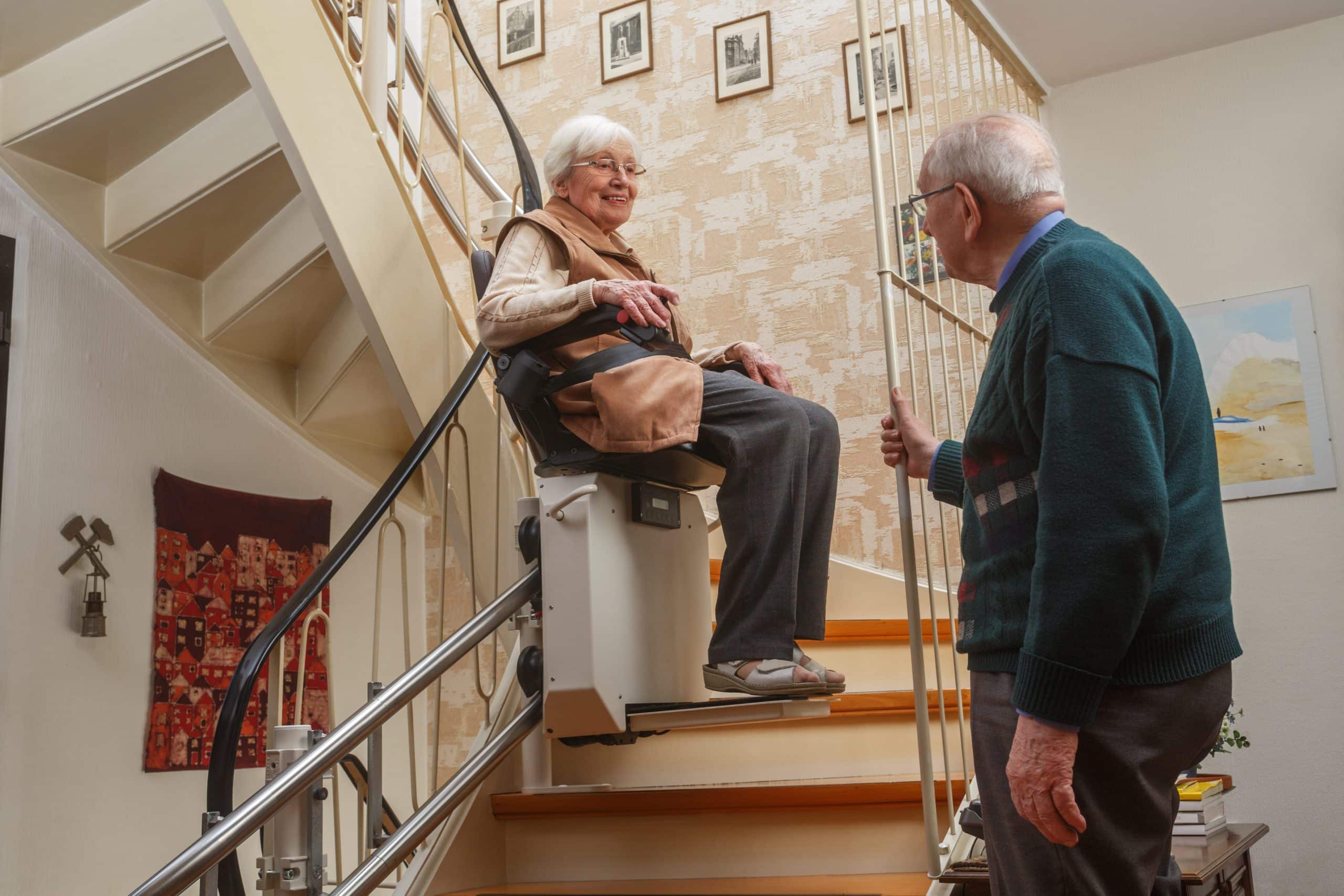Wheelchair ramps can be an indispensable tool for enabling people with disabilities to remain in their homes and retain their independent lifestyles. But with a national average cost of $2,000+, installing ramps can be a bit steep for many homeowners.
Are wheelchair ramps covered by health insurance? Does Medicaid cover wheelchair ramps? Let’s take a quick look at how you can get financial assistance for installing a wheelchair ramp in your home.
What Is Durable Medical Equipment?
All equipment used for medical purposes is regulated by the federal government. Durable medical equipment (DME) includes a long list of items and devices required for medical treatment in the home, such as CPAP devices, infusion pumps, and blood sugar meters.
To qualify as DME, equipment must:
• Be able to withstand regular use
• Be used for medical purposes
• Be used in the home
• Not be useful to anyone without a medical condition
• Be expected to last at least three years
According to Medicaid rules, wheelchair ramps can qualify as DME, but only if your physician deems it medically necessary.
Does Medicaid Cover Wheelchair Ramps?
It’s important to note that Medicaid, although funded federally, is administered at the state level. As such, rules for what qualifies under DME can vary from state to state (although most states follow the federal regulations set by the Medicare program).
That said, wheelchair ramps are typically covered by Medicaid whenever it’s “medically necessary.” While we’ve seen some improvements in recent years, it can still be a hurdle for many patients to get funding approved for a ramp.
It may be confusing to know that wheelchairs are covered by Medicaid while ramps may not be. It can also be frustrating to be dependent on a wheelchair and yet live in a home that’s not wheelchair accessible. That’s why the question, “Does Medicaid cover wheelchair ramps” never comes with an automatic yes or no answer.
Other Funding Options for Wheelchair Ramps
If you find that Medicaid won’t pay for a wheelchair ramp, you do have other financing options.
Some states allow Home and Community Based Services (HCBS) waivers to pay the expenses for a wheelchair ramp and its installation (since it’s considered a home modification) for those who qualify.
If you run into obstacles getting Medicaid to approve and/or pay for your wheelchair ramp, you do have other funding options available. Veterans’ assistance programs, loans for elder care, nonprofit accessibility programs, and other state and local agencies provide financial assistance for wheelchair ramps.
Contact Havenside with Questions about Wheelchair Ramps
You can contact the team at Havenside to explore your funding options. We’re experts in home modifications for health reasons, and we’re able to point you in the right direction to find all the help you need to shop for ramps, get estimates, and obtain financial support.
We’ve helped many residents find solutions for making their homes safe and secure enough to age in place. We understand the inseparable connection between home and health, and our mission is to help homeowners and communities make their homes a healthy place to live.

